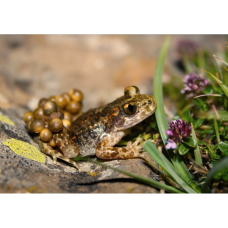Les séminaires de l’ISYEB accueillent Juan Sebastian Ulloa, ISYEB MNHN / Neuro-PSI (Université Paris-Saclay).

L'amphithéâtre Rouelle accueille les séminaires de l'ISYEB tous les mardi

L'amphithéâtre Rouelle accueille les séminaires de l'ISYEB tous les mardi
Estimating animal acoustic diversity in lowland neotropical forest
Acoustic signalling is a common behavioural trait among terrestrial animals. The rich sound textures of neotropical forest echo that wildlife is not only abundant, but also diverse and dynamic. This facet of biodiversity can reveal valuable insights of animal communities inhabiting tropical environments, yet remains poorly understood. How to best measure tropical acoustic diversity to address ecological questions ? Based on the ecoacoustic framework, we explored the soundscape of neotropical forest, revealing patterns and investigating the ecological underlying processes. First, we tracked the spatiotemporal dynamics of an amazonian soundmark, the song of the bird Lipaugus vociferans, showing activity patterns related to specific habitat features. Then, we investigated amphibian communities with very brief reproduction periods. Coupling acoustic and environmental variables, we shed light on the causes, patterns and consequences of explosive breeding events. Finally, we adapted novel computational tools from the machine learning and pattern recognition disciplines to provide an efficient, objective and replicable analysis of large acoustic datasets. Ecoacoustics, powered with computer algorithms, emerge as a suitable approach to scale-up biodiversity monitoring programs, allowing to better understand and cherish the unique diversity of life sustained by tropical forest.



